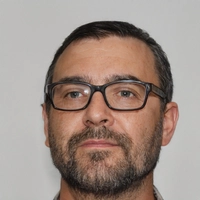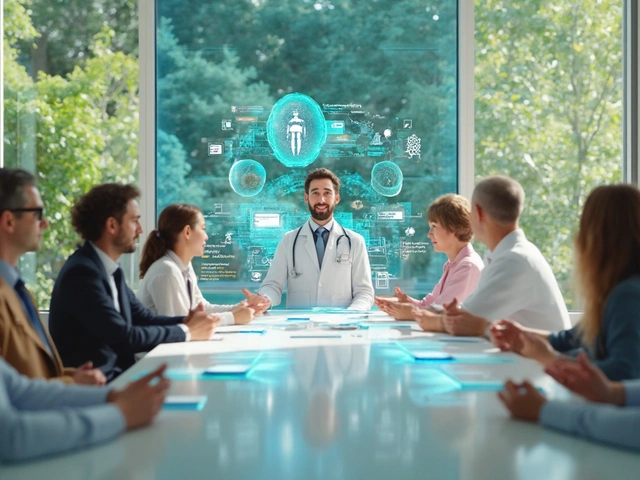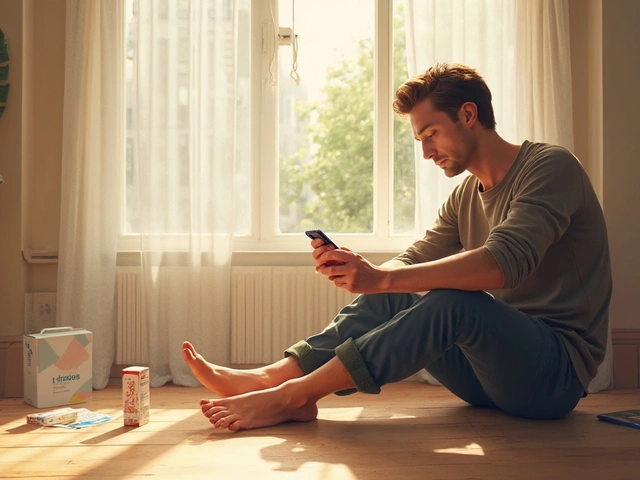Understanding Long QT Syndrome and Amiodarone
Long QT Syndrome (LQTS) is a potentially life-threatening heart disorder that affects the electrical system of the heart. This condition can cause irregular heartbeats or arrhythmias, which can lead to fainting, seizures, and even sudden death. As a patient diagnosed with LQTS, it is crucial to understand the role of Amiodarone, a medication commonly used in managing this condition.
Amiodarone is an antiarrhythmic drug that works by slowing down the electrical signals in the heart, thereby helping to prevent arrhythmias. In this article, we will explore the various aspects of Amiodarone in the management of Long QT Syndrome, including its benefits, risks, and alternatives. So, let's dive into this life-saving medication and its impact on those living with LQTS.
The Role of Amiodarone in Treating Long QT Syndrome
As mentioned earlier, Amiodarone is a medication used to treat various types of arrhythmias, including those related to LQTS. It works by blocking the potassium channels in the heart, which in turn prolongs the repolarization phase of the cardiac action potential. This helps to stabilize the heart's electrical activity and prevent episodes of abnormal heart rhythms.
Amiodarone has been shown to be effective in reducing the frequency of arrhythmias in patients with LQTS. In some cases, it has even been used as a first-line treatment for this condition. However, it is important to note that the use of Amiodarone in LQTS management is not without risks and should always be carefully considered.
Benefits of Amiodarone for Long QT Syndrome Management
One of the main advantages of Amiodarone is its broad-spectrum antiarrhythmic effect, making it useful in managing various types of arrhythmias, including those related to LQTS. This medication is known for its ability to prevent sudden cardiac death, particularly in patients with recurrent episodes of ventricular tachycardia or ventricular fibrillation.
Additionally, Amiodarone has a relatively long half-life, meaning that it stays in the body for an extended period. This allows for less frequent dosing, which can be more convenient for patients. Furthermore, Amiodarone can be administered both orally and intravenously, providing flexibility in treatment options depending on the severity of the condition and the patient's needs.
Risks and Side Effects of Amiodarone
While Amiodarone can be an effective treatment option for LQTS, it is not without risks and potential side effects. Some of the most common side effects include nausea, vomiting, constipation, and dizziness. These side effects are usually mild and can be managed with appropriate medical care and monitoring.
However, Amiodarone has also been associated with more severe side effects, including thyroid dysfunction, lung toxicity, and liver toxicity. Additionally, this medication can cause a blue-grey discoloration of the skin, which can be permanent in some cases. Due to these potential risks, it is essential for patients taking Amiodarone to be closely monitored by their healthcare team to ensure that any adverse effects are promptly identified and addressed.
Alternative Treatments for Long QT Syndrome
While Amiodarone can be an effective treatment for LQTS, it is not the only option available. Other antiarrhythmic drugs, such as beta-blockers and calcium channel blockers, can also be used to manage this condition. The choice of medication will depend on the patient's specific needs and the severity of their LQTS.
In some cases, non-pharmacological interventions may be recommended, such as implantable cardioverter-defibrillators (ICDs) or surgical procedures like left cardiac sympathetic denervation. These treatment options can provide additional protection against life-threatening arrhythmias in high-risk LQTS patients.
Personalizing Long QT Syndrome Management
Ultimately, the management of Long QT Syndrome should be individualized for each patient based on their specific needs and risk factors. This may involve a combination of medications, lifestyle modifications, and other interventions to reduce the risk of life-threatening arrhythmias and improve the quality of life for those living with LQTS.
As a patient, it is essential to work closely with your healthcare team to develop a personalized treatment plan that takes into account the potential benefits and risks of each therapy option, including Amiodarone. By staying informed and actively participating in your care, you can help ensure the best possible outcomes in managing your Long QT Syndrome.










